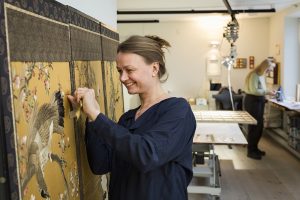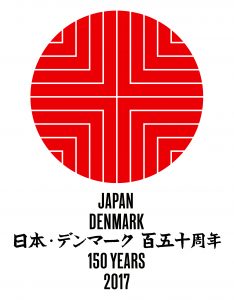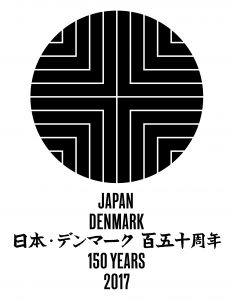Japan in the Danish Royal House

Panel with cranes from a four-panel Japanese folding screen. The motif is embroidered in silk, and this type of folding screen was popular in the West in the second half of the 19th century. The superbly crafted screens are fragile and therefore very rare today. Property of The Royal Danish Collection.

One of the museum’s conservators in the process of restoring a fragile 19th century Japanese screen made of silk. The distinguished folding screens with gold thread were earlier reserved for the Imperial Family, the shogunate, and other members of Japan’s elite. In the course of the 19th century they were used as gifts for among others European monarchs. The Royal Danish Collection.

Japanese lacquer cabinet from the 18th century, which belonged to Queen Charlotte Amalie (1650-1714), who kept her collection of exotic small objects in it. The rarities could then be shown to the court’s guests and contribute to the topics of conversation. In accordance with European tradition, the cabinet stands on a foot of gilt wood. The Royal Danish Collection.

Japanese lacquer cabinet. The detail shows one of the classic Japanese nature motifs with which the cabinet is decorated. Cranes, which symbolise long life and happiness, have throughout the centuries been a popular motif in Japanese art and craft.

Japanese lidded vase, probably from the second half of the 17th century. The impressive vase (c. 85 cm high) is a rare example of the exquisite Imari ware porcelain which was highly prized in the west, where the production of porcelain wasn’t mastered until during the course of the 18th century. The vase, today part of the Royal Danish Collection, belonged to Queen Sophie Magdalene (1700-1770), who had a large collection of Japanese and Chinese porcelain. This vase was one of the items which His Majesty Emperor Akihito saw when he as a young Crown Prince visited Denmark for the first time in 1953.

Detail of a Japanese folding screen with classic nature motifs embroidered in silk, where a sparrow is seen hunting insects among the flowers. The Royal Danish Collection.

Detail of a Japanese folding screen with classic nature motifs embroidered in silk. Here a kingfisher is seen fishing. The Royal Danish Collection.

Detail of a Japanese folding screen with classic nature motifs embroidered in silk. The cranes symbolise a long life and happiness. The Royal Danish Collection.
 Dansk
Dansk
 English
English
 Deutsch
Deutsch


